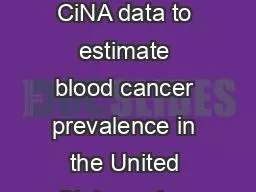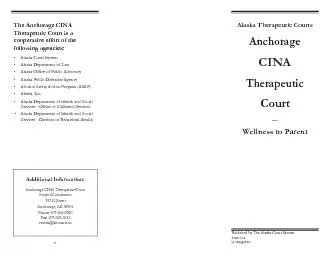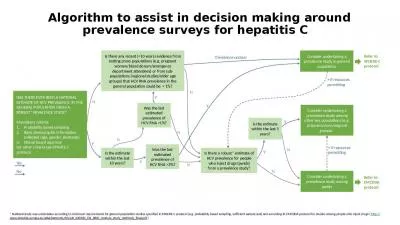PPT-Using NAACCR CiNA data to estimate blood cancer prevalence in the United States using
Author : contessi | Published Date : 2020-06-17
NAACCRiacr 2019 Conference Presented by Vancouver BC Chris Johnson June 13 2019 cjohnsonteamihaorg The Team coauthors Rick Firth IMS Steve Scoppa IMS Andy Lake
Presentation Embed Code
Download Presentation
Download Presentation The PPT/PDF document "Using NAACCR CiNA data to estimate blood..." is the property of its rightful owner. Permission is granted to download and print the materials on this website for personal, non-commercial use only, and to display it on your personal computer provided you do not modify the materials and that you retain all copyright notices contained in the materials. By downloading content from our website, you accept the terms of this agreement.
Using NAACCR CiNA data to estimate blood cancer prevalence in the United States using: Transcript
Download Rules Of Document
"Using NAACCR CiNA data to estimate blood cancer prevalence in the United States using"The content belongs to its owner. You may download and print it for personal use, without modification, and keep all copyright notices. By downloading, you agree to these terms.
Related Documents














